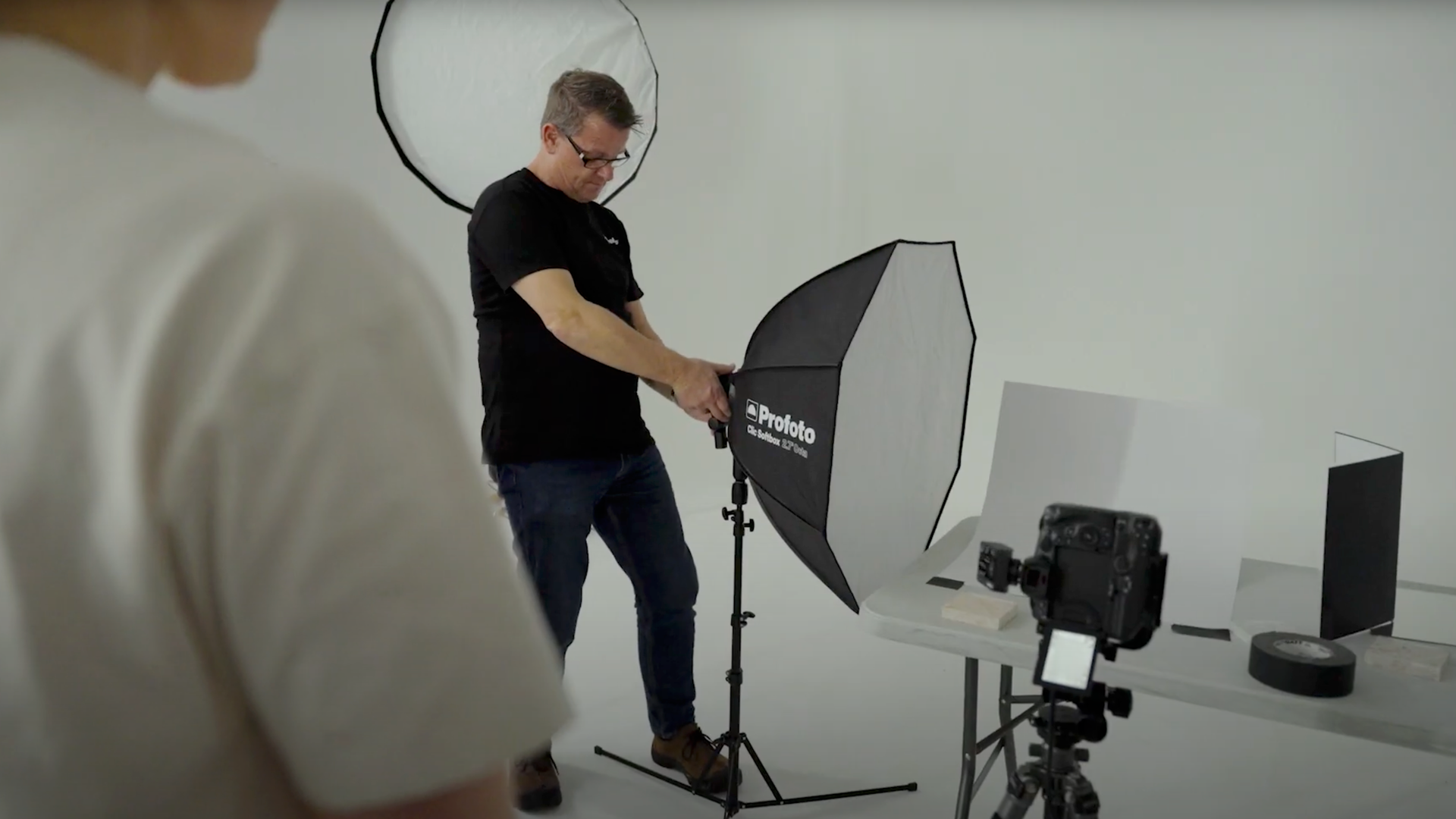Enhancing Your E-Commerce Photography: Tips, Techniques, and Tools
In today's digital age, captivating imagery is essential to the success of any e-commerce business. Clean-looking, high-quality photographs can make the difference between a prospective customer clicking 'buy' or moving on.
In a recent workshop, renowned Melbourne-based commercial photographer Ian van der Wolde, with almost 40 years of experience, provided invaluable insights into e-commerce photography. His guidance covered everything from basic product photography to creative lighting techniques and product animation. With the help of Subases's business owner, Liz, Ian unveiled a world of photographic possibilities using simple tools and techniques.
Setting Up The Right Light
E-commerce photography begins with mastering the art of lighting. You can manipulate light to create various effects depending on the desired aesthetic. Hard lighting creates strong, sharp shadows, while soft lighting offers evenly lit product shots. From the full-on sun to using products to dap or block direct sunlight, there's a range of ways to manipulate natural light to enhance the look of a product.

However, nature can be unpredictable. To ensure consistent quality, Ian recommends introducing small light modifiers like a scrim to soften the light or a flash, such as Profoto A10, to add contrast and control lighting conditions. Remember, the direction of your light matters. Lighting from the side, rather than the front, can accentuate a product's shape and form, adding depth and interest to your shots.
Choosing Your Equipment
Selecting the right camera is paramount. While smartphones like the iPhone have sophisticated cameras that deliver reasonably good images, they fall short in professional settings. Canon's mirrorless cameras provide greater control over settings like aperture, shutter speed, and ISO. The larger sensor size enables better performance in low-light conditions and offers a broader dynamic range.

The workshop made use of a Canon R10 and a Profoto A2 series light, and Profoto Clic Octa Softbox 2.7' (80CM), showcasing that good results are achievable with intermediate-level gear. The Canon R10, while above entry-level, offers good quality with instant feedback through the viewfinder.
A fundamental tool of any photographer's kit is a light meter, which ensures the exposure is spot on, enhancing the overall quality of your product photos.
Remember, a big budget isn't always necessary to create professional results. For instance, you can use household items like a piece of polystyrene or a white A4 card as a reflector to bounce light.
Experimentation Is Key
One of the essential tips Ian stressed was not to be afraid of experimentation. Techniques such as adding colour gels, creating movement in the water with a hair dryer, or using found items as props can yield unexpected and visually arresting results. E-commerce photography isn't a one-size-fits-all endeavour – what works for one product might not work for another, so it's crucial to be open to trial and error.

The Importance of Equipment and Consistent Colour
After the shooting process, post-production comes into play. Using RAW images allows more flexibility in controlling the tonal range of a photograph, ensuring the best possible outcome without any loss of information. In the video, Ian demonstrated using a Calibrite ColorChecker Passport Photo 2 to nail the white balance, making the colours under the light source appear natural and true to life.

An accurately calibrated monitor is crucial in post-processing. A BenQ monitor designed for photographers can accurately reproduce the colour space that your camera captures, ensuring the colour accuracy of your images. Once you have the monitor setup, Ian recommends calibrating using a Calibrite ColorChecker Display to obtain an ICC profile that is unique to the room lighting.
Learning E-commerce Photography
Liz's experience proved that learning professional photography isn't out of reach for anyone running an e-commerce business. Simple lighting techniques, using props, and understanding how to create a mini studio at home can significantly elevate product photography.
Are you interested in improving your photography skills?
George's offers various workshops covering all aspects of photography and video. Aspiring photographers can hone their skills and learn from seasoned professionals like Ian van der Wolde every month, enhancing their e-commerce business through the power of professional imagery.
By Leigh Diprose
